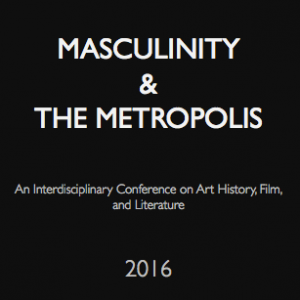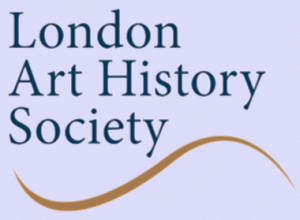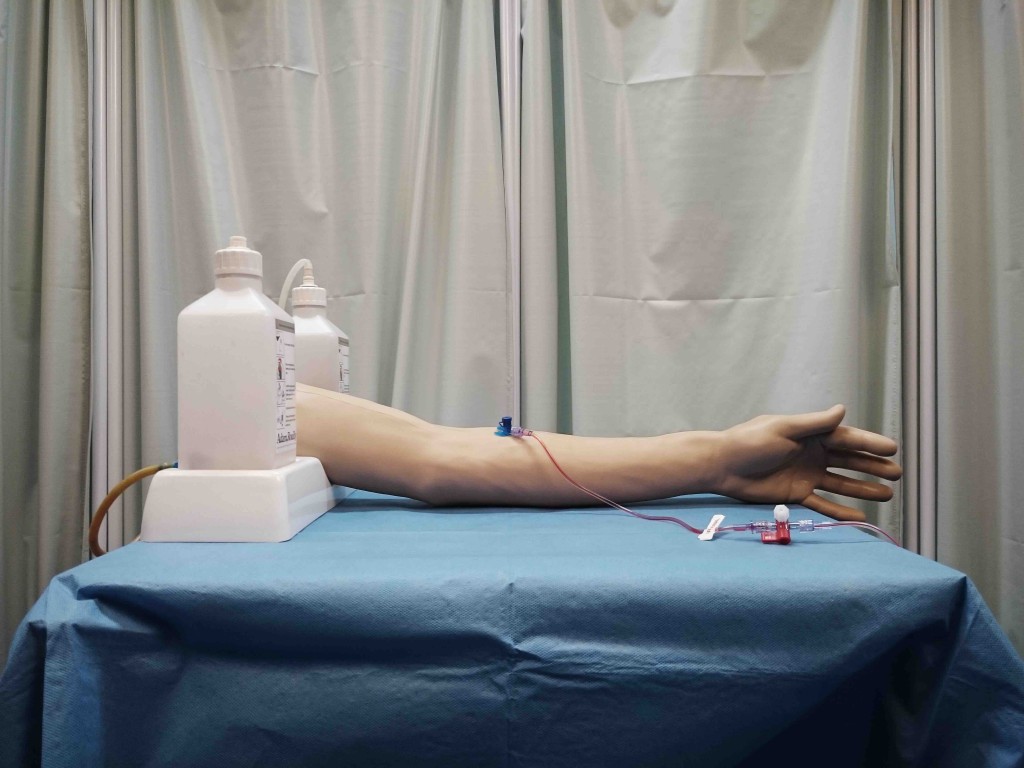It’s the beginning of week four of the Spring term, and I’ve become aware that I’ve finally stopped wishing people a happy new year! A sign that we’re well and truly into 2016.
In the news this week…. Don’t forget the History and Theory of Photography Research Centre seminar tomorrow evening (26th January, 6pm, Keynes Library). Dr. Marta Weiss will be giving what promises to be a fascinating talk, entitled ‘Julia Margaret Cameron: New Discoveries’. The Centre’s activities are organised by my colleagues, Patrizia di Bello and Lynn Nead. Members of staff are also involved in many events outside the department, and I want to take this opportunity to tell you about a couple of things coming up in the diary of one of my impressively energetic colleagues. Gabriel Koureas will be giving a keynote lecture at a forthcoming conference, ‘Masculinity and the Metropolis’, being held at the University of Kent on 22-23 April 2016.
This interdisciplinary conference is going to take as its starting point the range of complex and contradictory engagements between masculinity and the developing metropolis since the beginning of the twentieth century in order to ask: what do responses to the modern city in visual art, film, and literature tell us about masculinity as it both asserts itself and registers its own anxieties, and subsequent representations of the city? In what ways do these contrasting positive and negative conditions, which encouraged complex responses, fit within the framework of masculinity? Gabriel is also busy co-organising a conference with a couple of colleagues, including Dr. Sophie Hope from the Department of Film, Media and Cultural Studies: ‘Troubled Contemporary Art Practices in the Middle East: Post-colonial conflicts, Pedagogies of art history, and Precarious artistic mobilization’. This will take place at the University of Nicosia, Cyprus on 2-4 June 2016, and will focus on the consequences of imported art histories in the Middle East.
It’s not only members of academic staff who are engrossed in event organising though! The newly revitalised departmental History of Art society has been busy, as you’ll see from their facebook page. Regular readers of this History of Art department blog will be familiar with the name of the speaker they’re hosting next week, as he’s kindly provided me with a number of postings – most recently about his work with Crisis. Next week, Gary Haines will be speaking about ‘A Purchase Made a Debt Repaid: The Representation in the Imagination of the Blinded British Soldier of the First World War’.
Do also remind yourself of the current programme of the London Art History Society, whose membership includes many of the department’s students and alumni.
The Society is affiliated to our departmental History of Art Society, and we’re enjoying a recent strengthening of our ties. Last summer, the Society generously established a fund for our MA and MPhil/PhD students, to help support their research expenses – a fund which has proved so popular it has just been used up for this academic year! It has been used to support – amongst many other enterprises – a research trip to the National Media Museum in Bradford, and another to the Bibliotheque Nationale in Paris. I’m pleased to say that the next two lectures being organised by the Society are both being delivered by academics from the department. On Tuesday 9th February, Kasia Murawska-Muthesius will be giving a talk entitled ‘Artemisia and the bodies of Lucretia’, whilst Suzannah Biernoff will be speaking about ’85 portraits of war’ on Wednesday 9th March.
Finally, a word about the Association of Art Historians. Most of you will already know about this important organisation, which brings together a wide range of art historians – from those studying the subject to those working in schools, universities, museums and galleries. Many of you will already be members – but, if you’re not, then it is well worth considering joining, to get access to a wide range of news and information, events and publications. I particularly recommend the AAH’s Careers in Art History book, which you can either buy in hard copy, or pay to download from their website. It’s packed with useful advice! It’s also worth looking into the funding opportunities which are open to members of the Association – including their important AAH Internship Award. This offers funding to UK-based undergraduate and postgraduate students on part-time or full-time placements or internships within the UK. The Association makes two awards of up to £2,000, towards placement-related expenses such as accommodation, travel and food.
. . Category: Uncategorized




